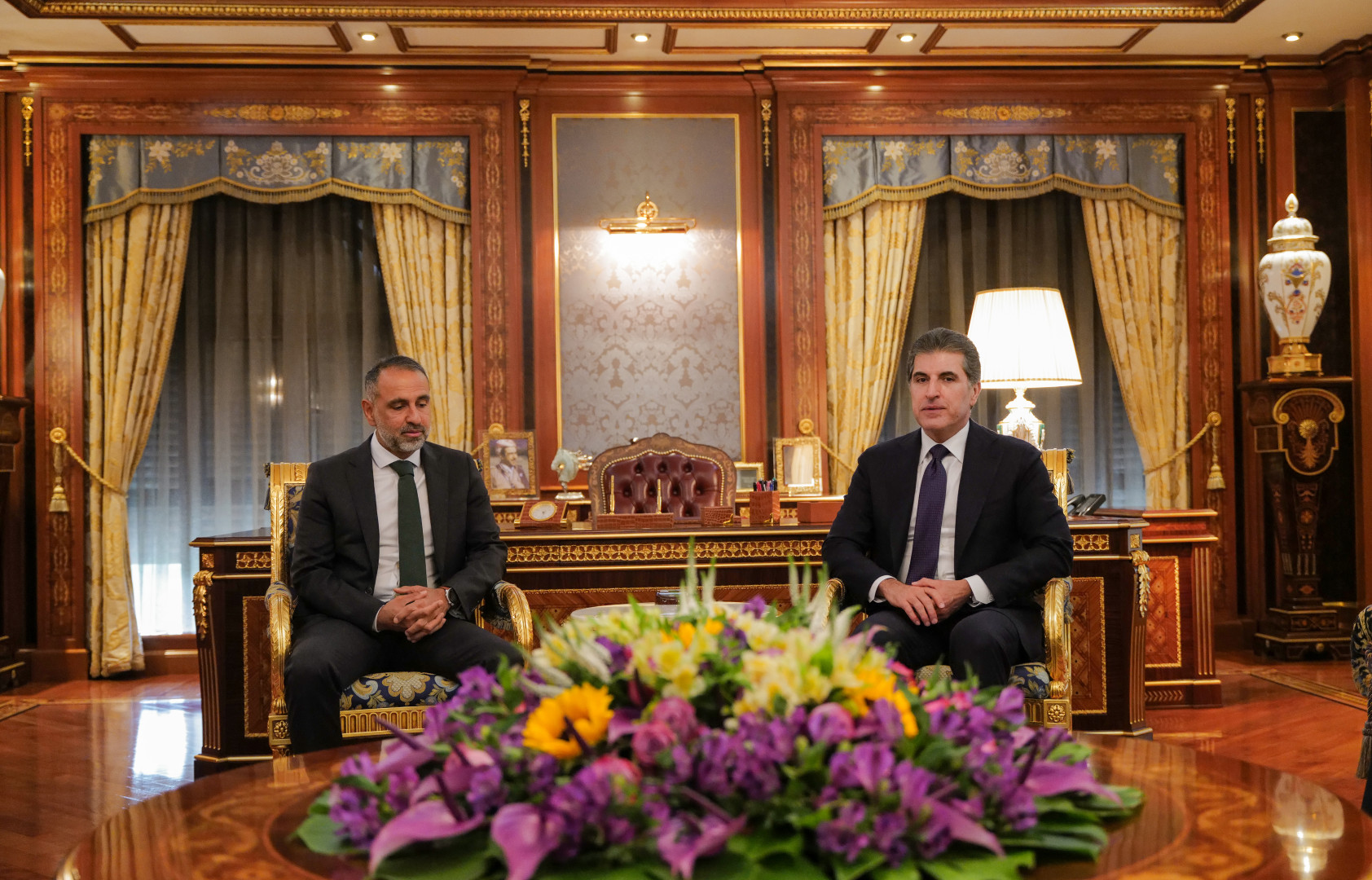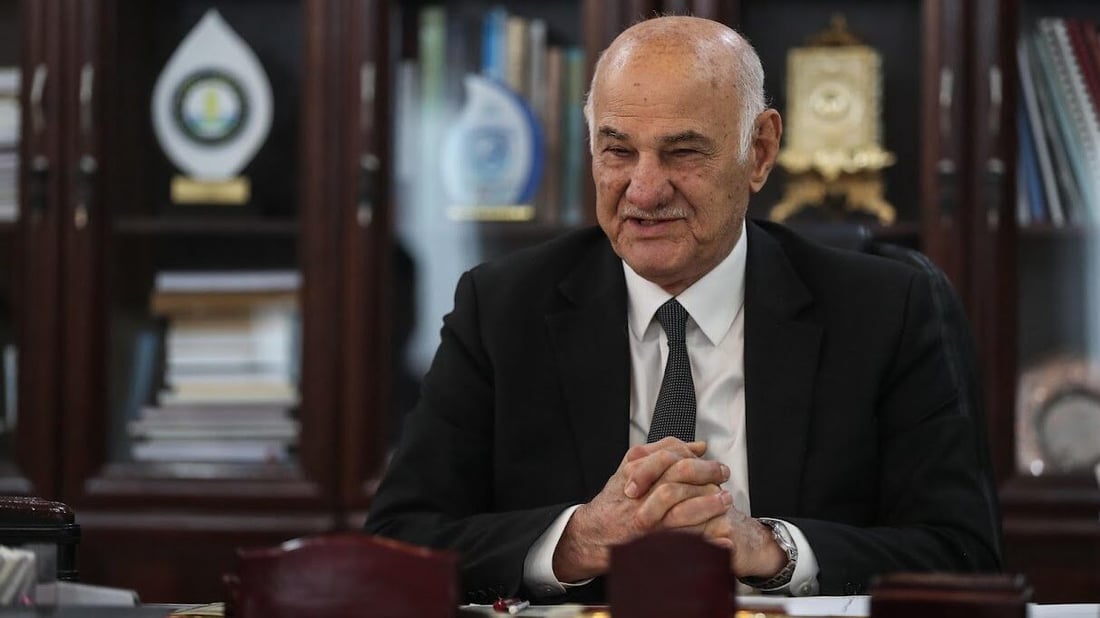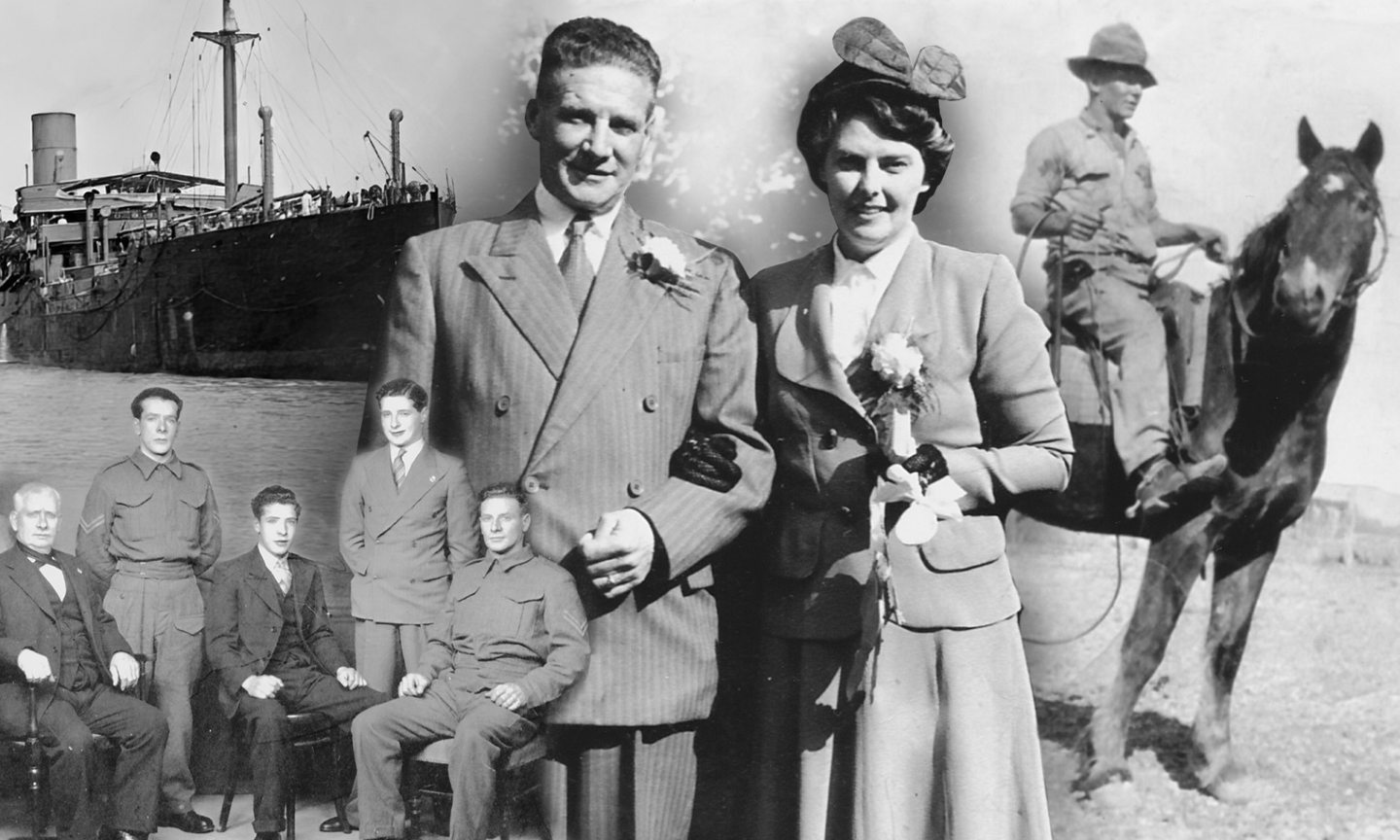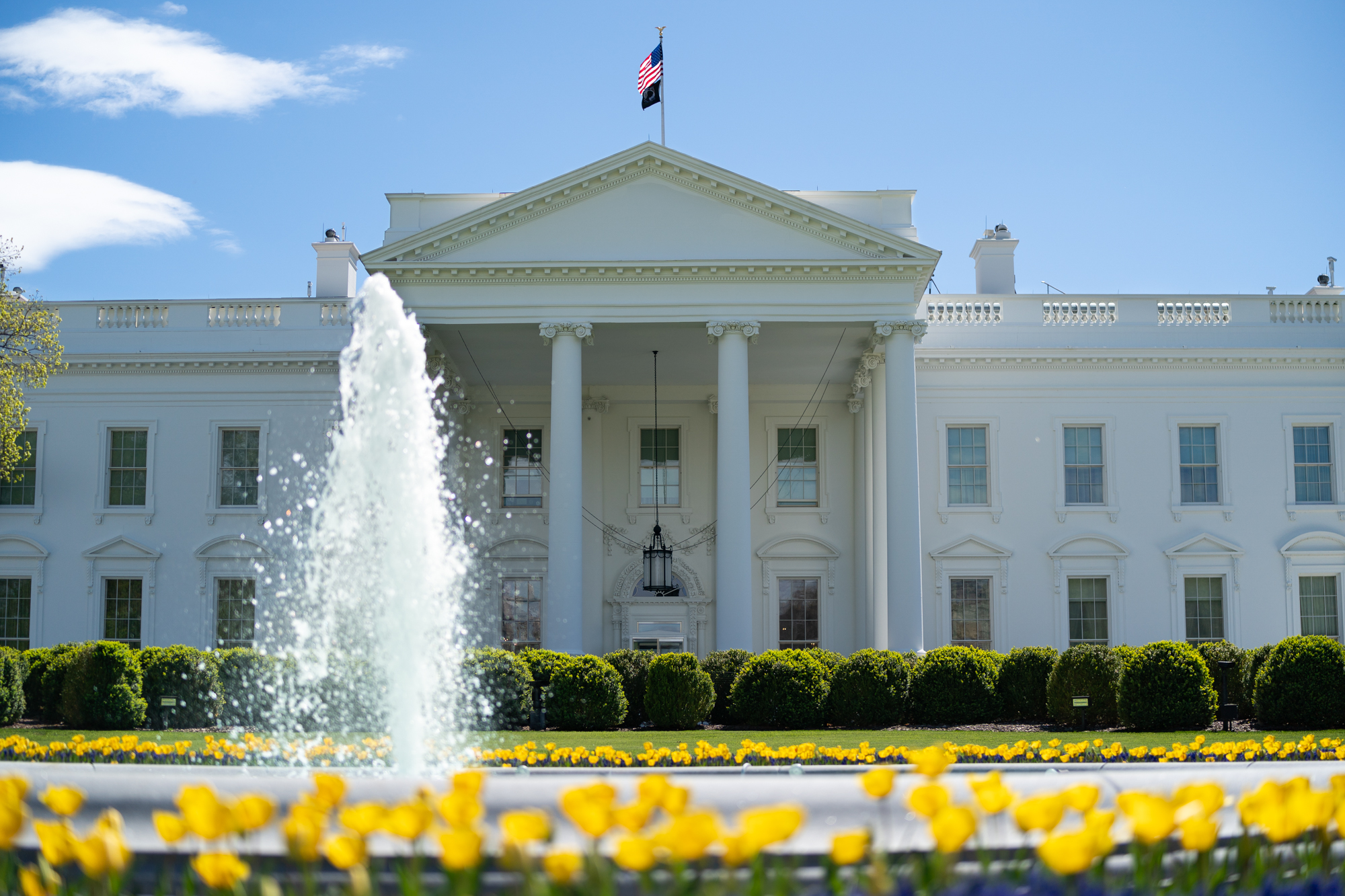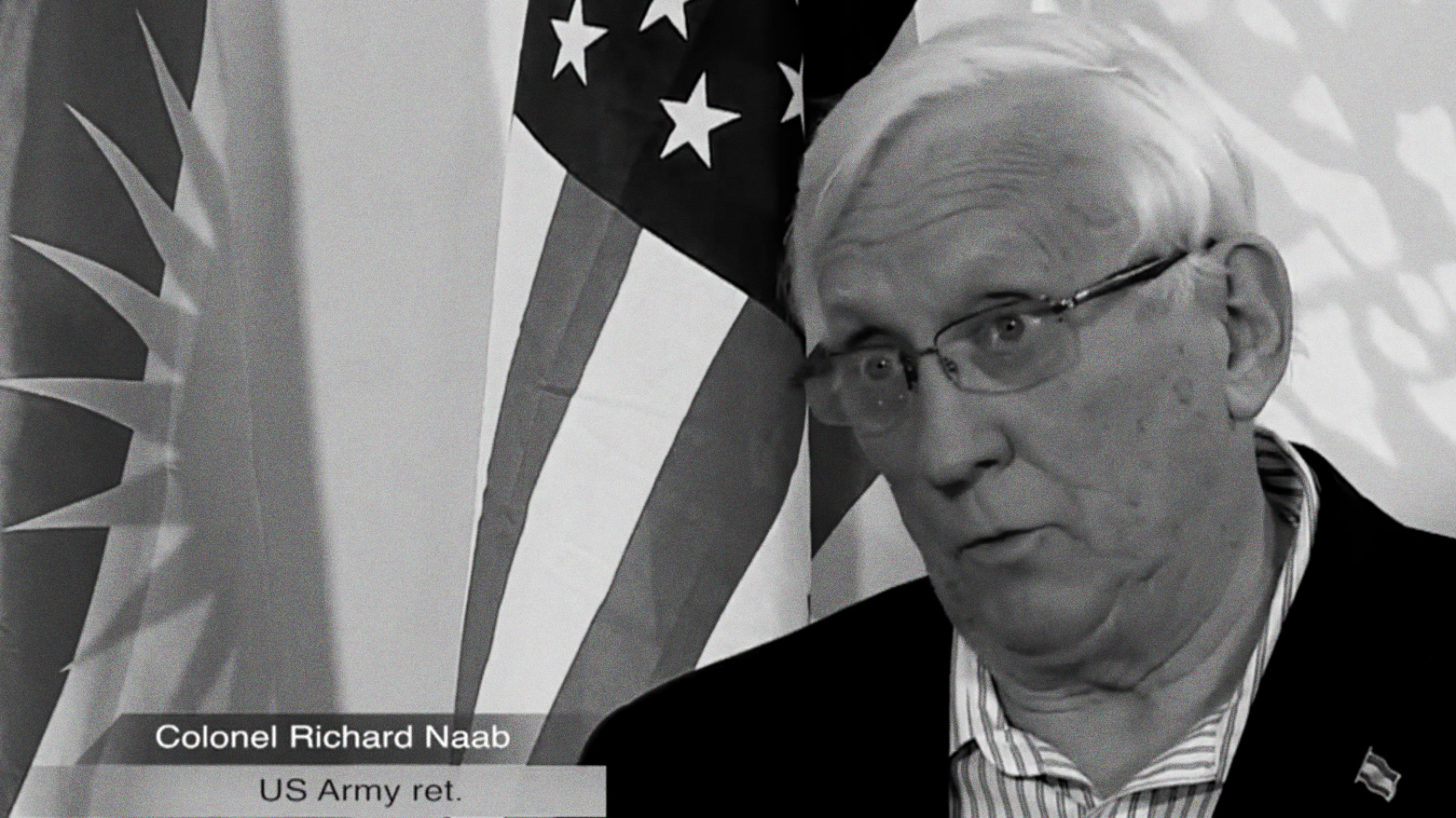The eccentric Citroën that saved Charles de Gaulle’s life
A planned assassination on the French president’s life in 1962 became a mere attempt thanks to the DS’s unique suspension

The rear window shattered and bullets rattled around the bodywork of the Citroën DS as the chauffeur floored the accelerator. A world-weary President Charles de Gaulle is reputed to have muttered, “Not again,” but this time, it was serious.
France’s most notorious rocket scientist, Jean-Marie Bastien-Thiry, sick of De Gaulle’s treachery (as he saw it), had drawn the president into a vortex of machine-gun fire from which there should have been no escape.
Flat out in the Parisian suburb of Petit-Clamart, the president’s motorcycle outriders accelerated to full speed as another Citroën DS emerged from a side street, with a machine gun protruding from the passenger window. At close to 90mph the motorcade was being hit from the left and the right, when the right rear tyre blew. Like any car would, De Gaulle’s Citroën DS initially slewed wildly.
De Gaulle’s multiple rings of security had long learnt to plan for every eventuality. His drivers were black belts in various martial arts, armed to the teeth, able to outdrive a professional racer, and they knew better than to emerge from the Elysée Palace without a bootful of temperature-controlled blood, should De Gaulle require a transfusion during the potentially perilous journey to his rural idyll at Colombey-les-Deux-Eglises.
But they had not planned for a blown tyre. Fortunately, the eccentric French car manufacturer, founded by André Citroën, had that covered.
Meanwhile, Madame de Gaulle watched in horror and wisely ducked as another threat drew level. President de Gaulle did not. Inside the other Citroën sat the menacing bulk of the notorious French-Algerian assassin Georges “The Limp” Watin. Equally chilling was the presence of the impassive French aristocrat Alain de la Tocnaye. That their hatred matched their determination was not lost on De Gaulle, as he momentarily stared down the wrong end of a gun barrel. Any second now, his weaving presidential car should have been on its roof – and he knew it.
Unseen and unknown, the wildly flailing punctured tyre was in the process of retracting into the bodywork like an aircraft undercarriage. The stricken car was continuing on only three wheels, a fact which no one knew at the time.
For a moment, “The Limp” dropped back.
“Get down,” shouted De Gaulle’s head of security, doubtless mindful of the president’s penchant for being seen not to duck when under fire (not surprisingly, he had taken two bullets during the First World War). Chillingly, the other Citroën again drew level and De Gaulle finally abandoned his carefully choreographed legend and flung himself into the footwell, at which point a bullet ripped through the bodywork precisely where his head had been.
“I think we got him,” said the assassins, and with that, the other Citroën peeled off.
All that occurred in a matter of seconds. De Gaulle wasn’t slow to point out that “if I had been in a Jaguar I would have probably been killed”.
With that, the legend of “the real Citroën” was born, against which all future Citroëns would be judged. The hallmark was the car’s eccentric hydraulic suspension, which dispensed with the dated dampers and cart springs that had remained so popular with Anglo-American manufacturers. When Citroën subsequently departed from the use of this system, it was taken as a sign that it was moving away from its Gallic roots towards homogeneous mundanity.
When the Citroën DS made its debut at the 1955 Paris Motor Show, it was clear that the firm was taking a huge risk, effectively reinventing the car – although it was aimed at a traditionally conservative public. Even so, the orders flooded in as customers embraced French eccentricity, including indicators in the roof, a single-stem steering wheel and, ultimately, swivelling headlights; any design feature that could be reinvented was, or so it seemed.
The ultra-smooth ride was in a class of its own, a fact not lost on Rolls-Royce. It may have produced the automotive equivalent of the London gentlemen’s club on wheels but lost no time in adopting the Parisian “magic carpet ride”, even if it didn’t initially publicise it.
Back to the crime scene and a young Reuters journalist called Frederick Forsyth mingled easily with gendarmes as they counted 120 spent bullets. It wasn’t the first attempt on De Gaulle’s life and it wouldn’t be the last, both in fact and in fiction.
For the assassins, they had done for the Citroën DS what the cockney bank robber did for the Jaguar Mk2. The chic of the Citroën DS became immortalised in The Day of the Jackal, Fred Zinnemann’s production of Forsyth’s bestseller, starring the urbane Edward Fox. The real-life “Limp” subsequently immodestly suggested that it was he who was the Jackal, drawing a firm correction from Forsyth.
One element that is not fictional is that but for the DS, De Gaulle would have been killed. When Paul Magès of Citroën designed his unique suspension, he could not have imagined that it would end up saving his president’s life. His sole intention had been to smooth the ride over France’s bomb-damaged roads.
The upshot is that, to many, the Citroën DS is simply the best car in the world, and this year, it celebrates its 70th birthday. Vive la Citroën, as they say.
[Source: Daily Telegraph]
